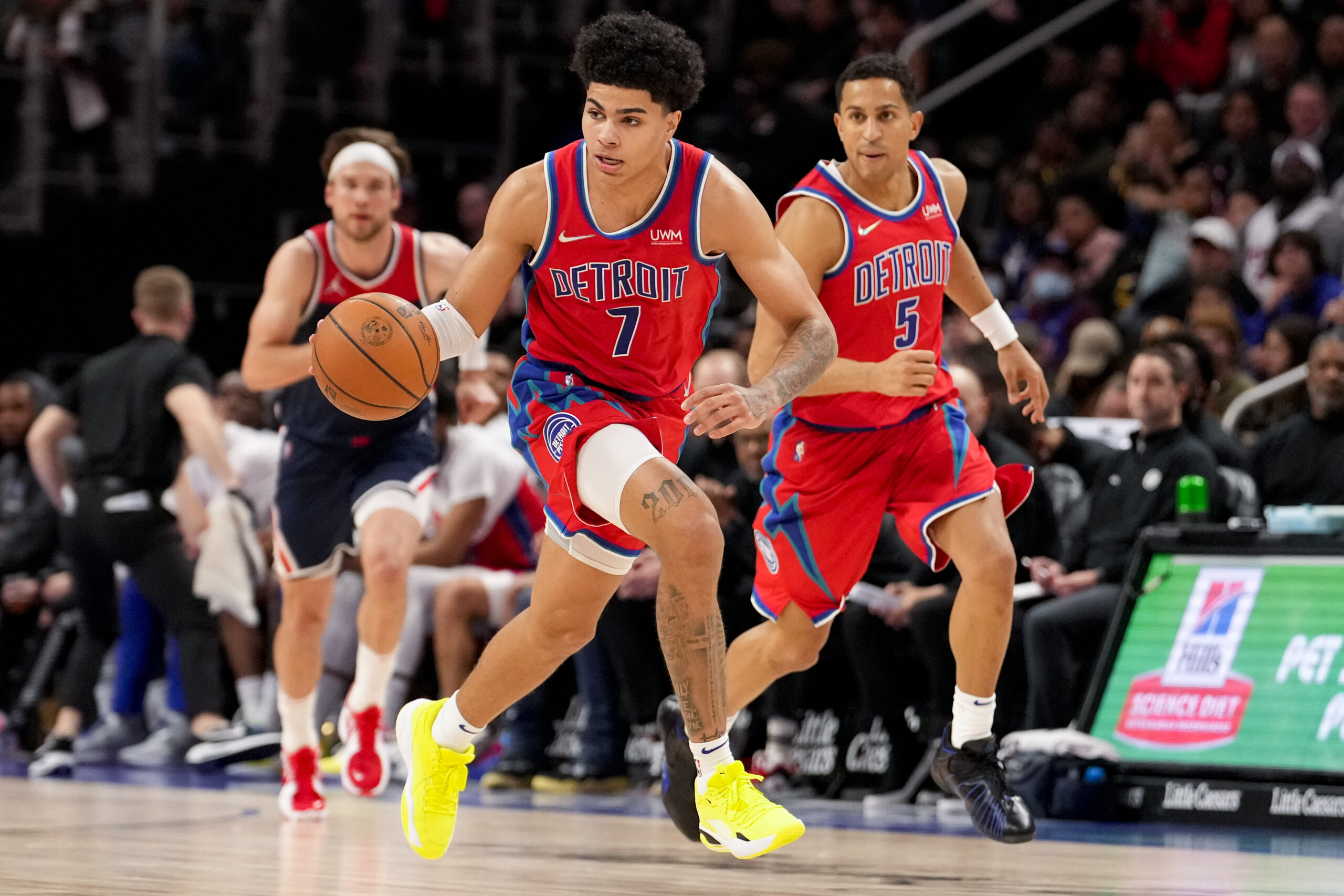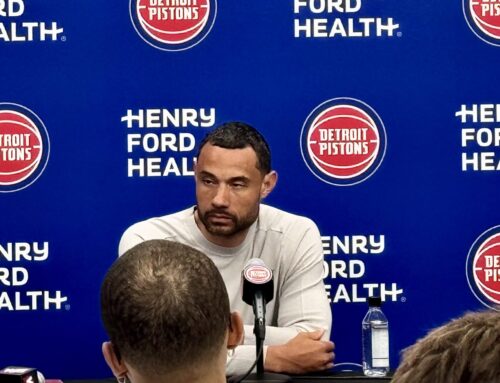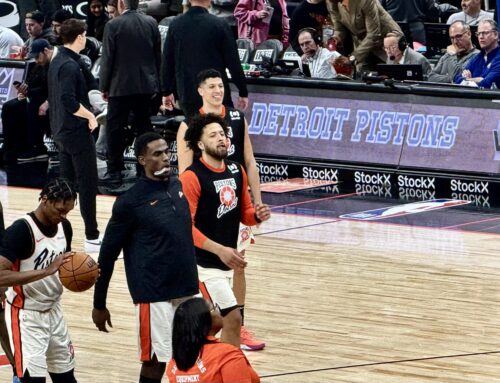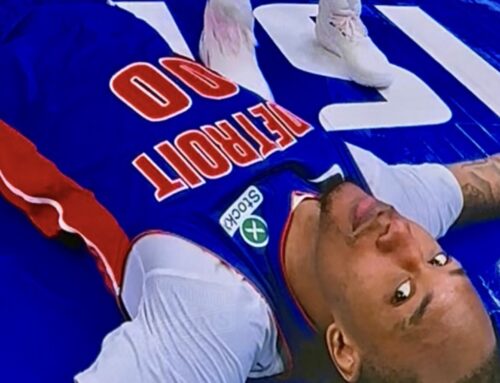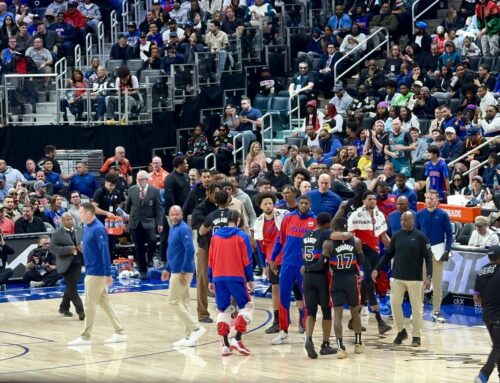This season, no Detroit Pistons player has been subject to more scrutiny than second-year point guard Killian Hayes. The 20-year-old was selected with the seventh overall pick in the 2020 NBA. Hayes missed the majority of his rookie season due to injury, missing all but 26 games.
Now, 84 games into his NBA career, Hayes has struggled to find his footing. The point guard has shown great promise as a passer and as a defender, but he has been poor as a scorer and shooter. Hayes has been timid driving towards the basket, often falling away from defenders rather than finishing through contact. He has been an abysmal three-point shooter; he shoots a career 27.3 percent from beyond the arc.
In mid-January, Hayes lost his starting spot in Detroit’s lineup, a spot he held since the very first game of his career. His shooting had regressed to worse than his rookie season, and he lacked confidence on the floor. His pairing with Cade Cunningham in the starting lineup was less than ideal. Both Hayes and Cunningham are at their best with the ball in their hands. Without the ball, Hayes is less effective, and since he struggles to shoot from the outside, he was a liability at times for Detroit’s offense.
Off the bench, Hayes has looked better and appears more confident. The 20-year-old is able to play as the lead ball-handler and play to his strengths as a playmaker and defender.
Just as the Pistons have started to hit their stride since the All-Star break, so has Hayes. In March, Hayes has been playing some of the best basketball of his NBA career.
Defense and playmaking
Hayes has always been a great playmaker for his teammates. The 20-year-old has made a habit of making thread-the-needle and cross court passes to find his teammates for easy looks.
His assists were down from his rookie season for most of the year. Through the end of February, Hayes only averaged 4.1 assists per game, one less than his season average from 2020-21. This comes as no real surprise. The second-year point guard’s usage rate dropped from 19 percent his rookie year to 15.1 percent this season.
In March, Hayes’ passing numbers have increased. He is currently averaging 5.1 assists and one secondary assist per game. When Hayes is on the floor, he assists 26.7 percent of his teammate’s buckets, creating 14.1 points per game off assists.
Hayes continues to be a stout defender for Detroit as well. His 109.4 defensive rating in March is the fourth highest among Pistons playing over 15 minutes per game. He uses his wingspan to his advantage by disrupting passing lanes. He averages 1.1 steals per game in addition to a team leading 2.8 deflections in March. Hayes also leads the team in loose balls recovered at 1.1 per game.
Hayes is becoming a respectable scorer
Shooting has been a major concern for Hayes in his career. Very early in the season, it looked like Hayes was starting to put it together from deep. He shot 43.3 percent from beyond the arc in the first 11 games of the season, but his following games through the end of February saw his three-point shooting dip to 20.5 percent.
Hayes has improved his three-point shot in March. Excluding Detroit’s first two games of the month where Hayes went zero-for-two in both games, the lefty is shooting 40 percent on 2.1 attempts from beyond the arc per game.
His catch-and-shoot numbers have been even better. Hayes sinks 46.2 catch-and-shoot threes on 1.9 attempts per game in his last seven games. Jerami Grant is the only Piston connecting on more of his attempted catch-and-shoot three-pointers during that span.
Since coming off the bench, Hayes has started to attack the basket with more confidence. He will still look to avoid finishing through contact at times, but the 20-year-old has been more decisive and aggressive at the rim. Since coming off the bench in mid-January, Hayes is scoring 2.7 points per game off of 6.1 drives. He is sinking 47.5 percent of his shots off drive attempts, a marked improvement from his 32 starts to open the season where he shot 32 percent off drives.
In March, it has been much of the same, Hayes is sinking 41.7 percent of his attempts off drives to the basket.
Sustainability remains a question mark for Hayes’ shooting. If he can continue shooting efficiently from beyond the arc and continue to build his confidence finishing off drives, Hayes could develop into a viable backcourt partner to pair with Cunningham.
(Featured Image Credit: Raj Mehta-USA TODAY Sports)

